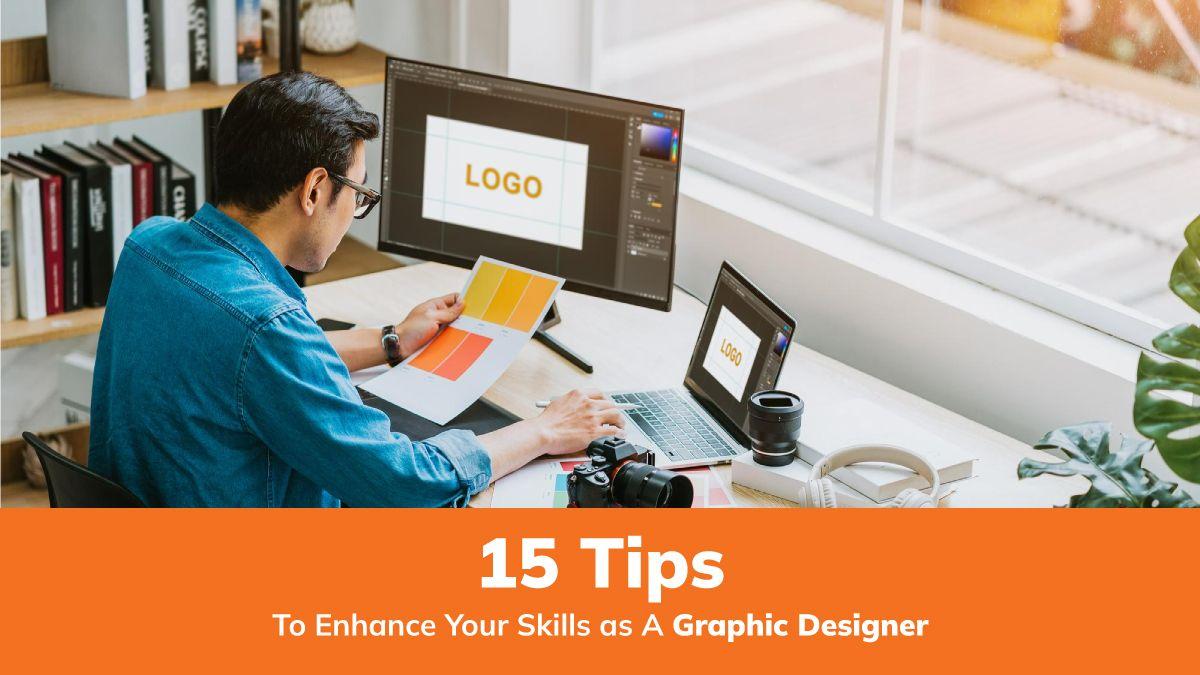How Graphic Designers create Impactful Educational Content: Essential Skills & Strategies
Are you passionate about blending creativity with education and technology? if so, a career as a graphic designer in the education sector might be the perfect path for you. Today, graphic designers are playing an increasingly vital role at universities, colleges, and schools, helping develop engaging and impactful educational content. In this article, you’ll discover how graphic designers create transformative digital experiences, the essential skills needed for education technology roles, and proven strategies to make your work stand out. Whether you’re a job seeker or simply curious about this dynamic field, this in-depth guide will help you chart your course in educational technology graphic design.
Why Graphic Designers Matter in Education Technology
Graphic designers are at the forefront of shaping visual dialog in the modern education landscape. they collaborate with teachers, curriculum developers, and eLearning specialists to craft educational content that is engaging, accessible, and inclusive. Their expertise goes beyond just making materials look appealing—they use design thinking to clarify complex topics, foster student engagement, and drive learning outcomes.
- Enhancing Data Retention: Visually organized content enables students to process and remember information more effectively.
- Boosting Engagement: Well-designed graphics capture attention and motivate learners to interact with study materials.
- Supporting Diverse Learners: Inclusive visuals help accommodate different learning needs and styles.
Essential Skills for Graphic Designers in Educational Technology
To build a successful career as a graphic designer in education technology, it’s crucial to master both technical and soft skills. here are the core competencies that set educational graphic designers apart:
1. Visual Communication
- Designing layouts for digital textbooks, handouts, eLearning modules, and presentations
- Using typography, color theory, and visual hierarchy to guide students’ attention
2. Mastery of Design Tools
- Proficiency in industry-standard software like Adobe Creative Suite (Photoshop,Illustrator,InDesign),Canva,Sketch,and Figma
- Knowledge of web and interactive design tools for multimedia learning
3. Instructional design Basics
- Understanding principles of instructional design including Bloom’s taxonomy
- collaborating with instructional designers and educators to align visuals with learning objectives
4. User Experience (UX) & Accessibility
- Designing for accessibility to ensure educational materials are usable by everyone, including students with disabilities
- Conducting usability testing and applying feedback to improve navigation and clarity
5. Communication & Collaboration
- Translating complex information into digestible visual formats
- Working effectively as part of cross-functional teams including educators, developers, and administrators
How Graphic Designers impact Educational Content Creation
In education technology, graphic designers are responsible for crafting assets across a variety of media. Their impact extends from printed class materials to interactive digital experiences, transforming how institutions teach and how students learn. Key impact areas include:
- eLearning Modules & Online Courses: Designers develop engaging visuals, infographics, and interactive exercises for online platforms like learning Management Systems (LMS).
- Presentations & Videos: Effective multimedia elements clarify complex subjects and make lectures more captivating.
- Infographics & Educational Posters: Visual summaries break down large concepts and data sets for easier understanding.
- Curriculum Materials: Graphic designers collaborate with educators to enrich textbooks, worksheets, and handouts with diagrams, illustrations, and icons.
- Accessible Content: Designing with accessibility in mind—such as high-contrast visuals, alt text, and readable fonts—ensures that all students benefit from educational materials.
Strategies for Creating Impactful Educational Content
Ready to leave your mark as a graphic designer in education technology? These field-tested strategies will help you create content that is both beautiful and effective:
Apply Universal Design Principles
- Design content that considers the widest possible audience from the start
- Use clear layouts, consistent color schemes, and simple navigation
Prioritize Accessibility
- Follow WCAG standards for color contrast and font readability
- Include choice text for images and captions for videos
- Ensure interactive elements are keyboard-navigable
Collaborate Throughout the Process
- Work closely with educators to understand course topics and learning targets
- Gather feedback from students and faculty to refine your designs
Leverage Data Visualization
- Transform statistics and research findings into charts, graphs, and infographics that are easy to interpret
- Highlight key insights while avoiding information overload
Benefits of Working as a Graphic Designer in Education Technology
Embarking on a graphic design career at a university, college, or school offers unique rewards that go beyond conventional design roles:
- Purpose-Driven Work: You help students succeed by making learning more accessible and engaging.
- Collaboration with Experts: Work alongside educators,subject-matter experts,and technologists.
- Continuous Learning: The education sector encourages professional advancement and adaptation to new technologies.
- Career Stability: Educational institutions often provide greater job security and work-life balance.
Practical Tips for Landing Education Technology Graphic Design Jobs
Interested in becoming a graphic designer at a university, college, or school? Here are some practical steps to help you break into the field:
- Build an Education-Focused Portfolio: Showcase projects that demonstrate your ability to simplify complex topics and design accessible materials.
- Learn Education Technology Tools: Gain experience with Learning Management systems, animation software, and HTML/CSS.
- Understand Educational Trends: Stay current with trends in digital learning,mobile design,and gamification.
- Network with Educators: Attend education technology conferences, join online communities, and connect with professionals in the field.
- Highlight Collaboration Skills: On your resume and in interviews, emphasize projects completed as part of a team.
- Continue Your Education: Consider certifications in instructional design or accessibility best practices.
Conclusion: Making a Lasting Impact Through design
Graphic designers in educational technology play a pivotal role in shaping the future of learning.By combining creativity, empathy, and technical proficiency, they transform educational content into visually compelling, accessible, and impactful resources. Whether you’re pursuing a role at a university, college, or school, mastering the essential skills and strategies outlined here will position you as a valuable contributor to the future of education. Start building your portfolio,collaborate with educators,and stay inspired—your visual storytelling can make a profound difference in students’ educational journeys.

